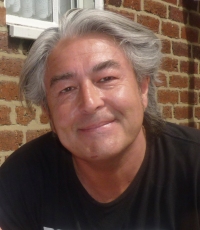 Dave Hill graduated from Glasgow School of Art in 1983 and began his career as a painter with exhibitions in Glasgow, Edinburgh, Liverpool and London.
Dave Hill graduated from Glasgow School of Art in 1983 and began his career as a painter with exhibitions in Glasgow, Edinburgh, Liverpool and London.
He worked in the video game industry for ten years as a concept artist producing character and environment designs in both 2D and 3D.
As a freelance illustrator Dave’s passion is children’s books although he has also illustrated comic books, storyboards, greeting cards and product packaging.
Dave produces most of his work digitally although he still accepts traditional commissions and paints in oils and watercolour.
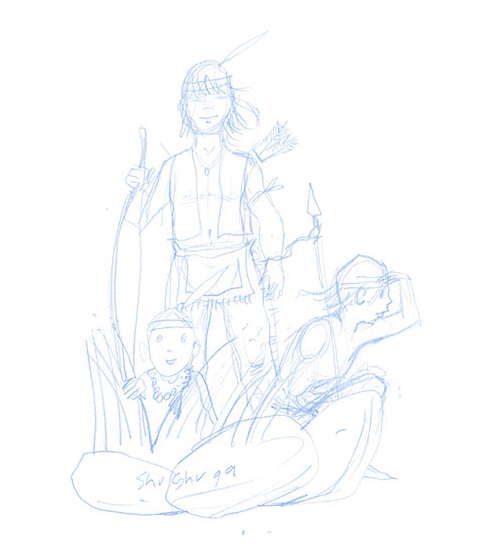
The rough sketch.
I begin by preparing a rough sketch in Painter using a custom pencil. I prefer drawing in blue line because its less obtrusive than black or grey.
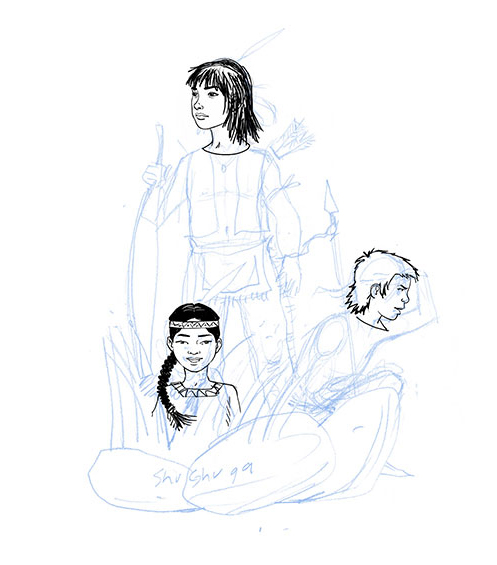
Inking
I create a new layer and begin inking over the blue line rough, tightening up as I go along and working on multiple layers as I draw new areas.
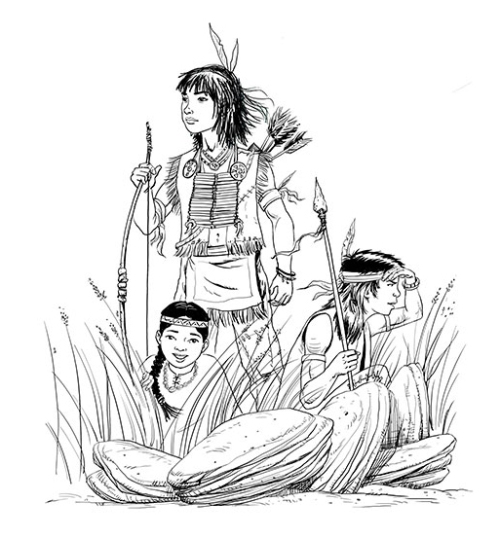
The finished inked drawing is flattened onto one single layer.
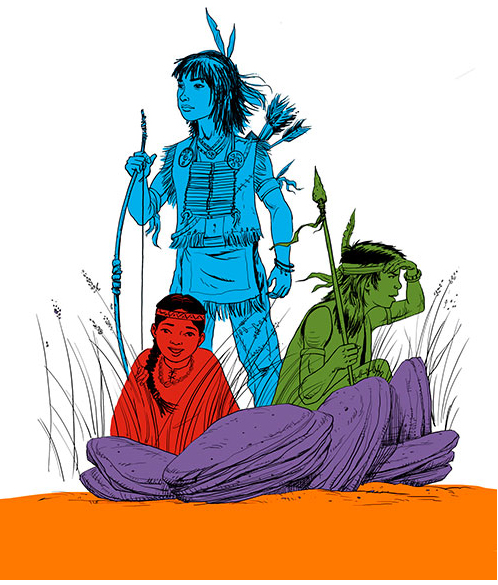
Creating a mask in Photoshop to help with colouring.
The inked layer is set to ‘Multiply’ so that all white areas of the drawing become transparent and this is renamed ‘Line’ and placed at the top of the stack in the layers palette. I create new layers beneath the line drawing and block in each area of interest with different colours which will easily let me select and isolate a specific area of the image.
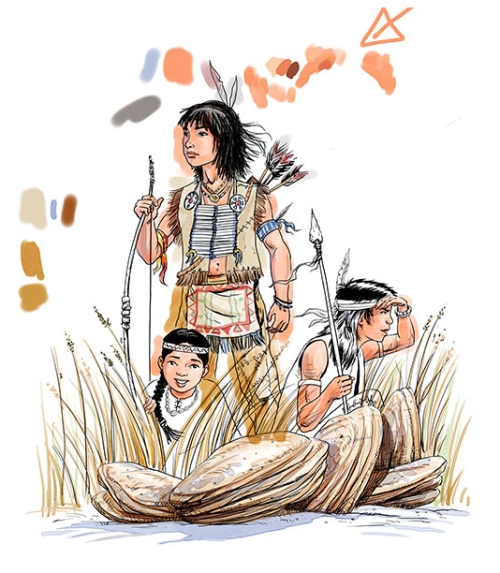
Colouring
In Painter, I hide the mask layer and create a new blank layer for the colour. I don’t need to be precise at this moment so my brush work can be loose and fluid which is the look I prefer. Painters ‘digital watercolour’ brush variants are terrific at creating that rich dabbled texture of traditional watercolour painting and because I’m laying in washes I need to use large custom brushes to achieve that effect.
The large brushes are difficult to control but it’s ok if the colour bleeds over the line work at this stage.
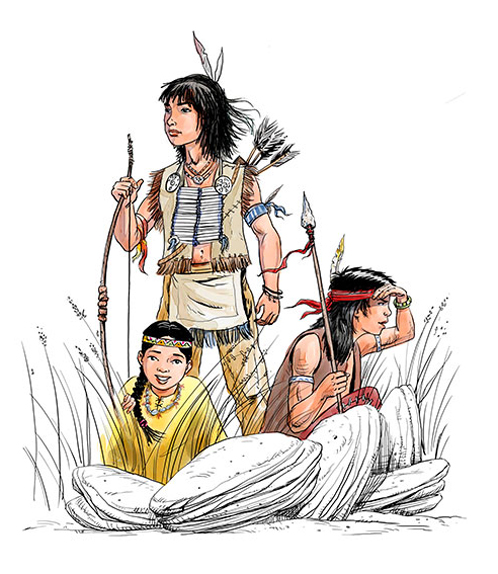
Edit in Photoshop using the masks.
Once I’ve blocked in the main areas I need to tidy up the edges and to do this I select areas using the mask I made in Step 4. By simply selecting with the magic wand tool I can very quickly balance up the coloured layers and remove any colour that has bled over the lines. I do this in Photoshop because it’s far superior at colour management and much more accurate than Painter at selecting intricate areas.

Adding detail
Back to Painter and on a new layer I start adding the finer details and use my masks to help if needed.
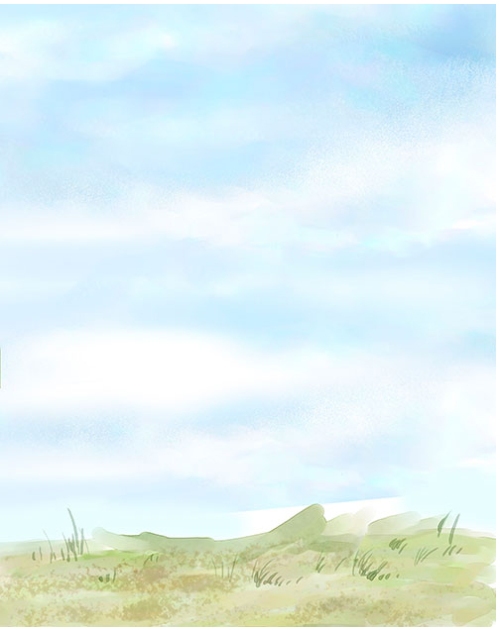
Creating the background.
I usually create my backgrounds as separate files because I like to play around with brush marks and textures. These are pretty experimental exercises and they’re great fun to do but they can result in really big file sizes which is another reason for doing them separately from the main image.
I begin by using washes to build up the sky keeping things simple as I want the figures to stand out heroically. I also want to create the illusion of depth so I keep the sky soft and I add some texture to the ground since it’s in the foreground.

I drop the flattened background into the main image file at the bottom of the layer stack. Some of the sky shows through the figure work because they were painted with semi-transparent washes and I need to rectify this.
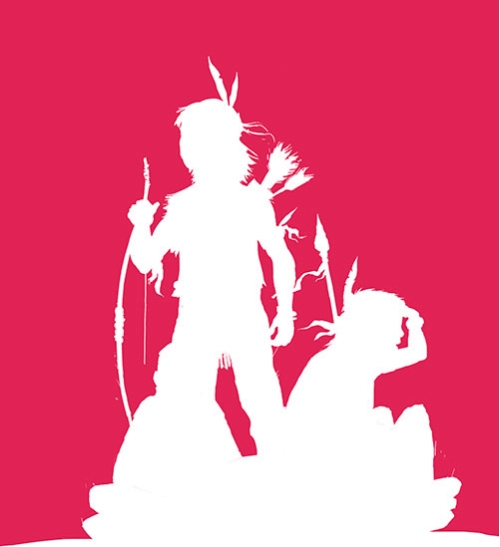
Using my coloured masks I simply select and fill the areas with pure white.
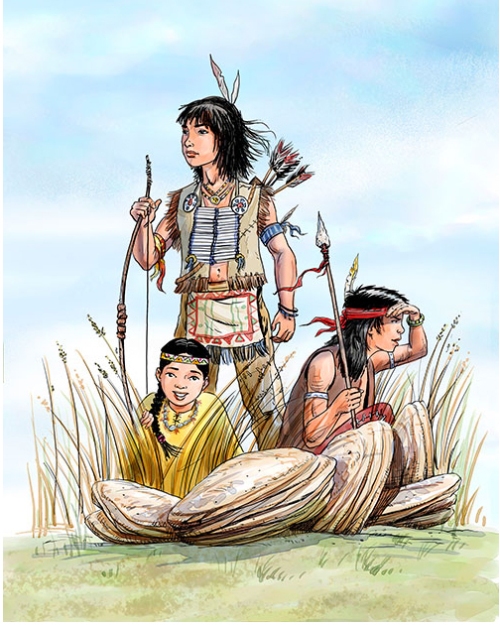
This white mask is then positioned between the figure layer and the background layer and the illustration is complete.
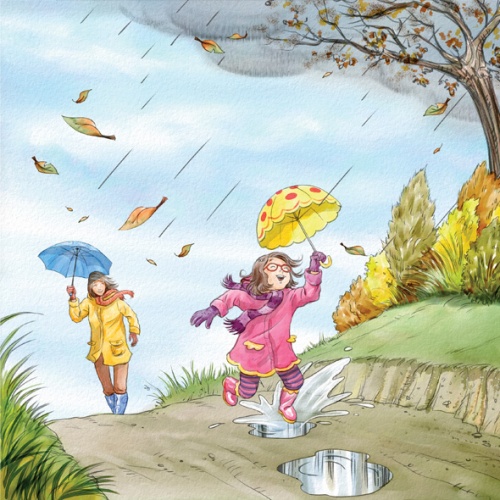
Can’t show you all of David Book Covers, because there are too many, but the above cover illustration was created for SPLASH written by Lucy Courtenay and David Hill.
Below are some additional covers to view:
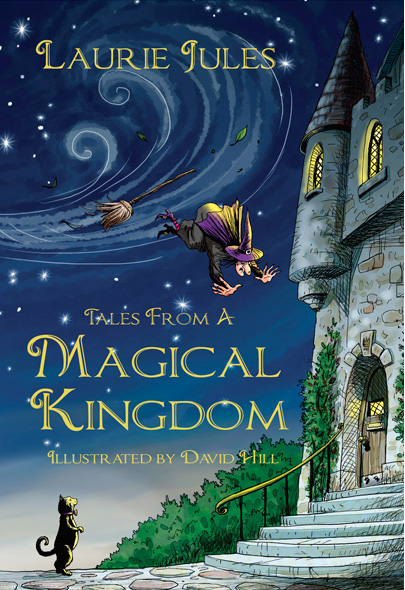
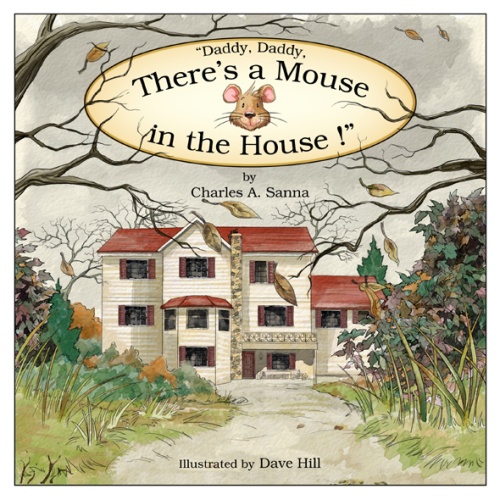
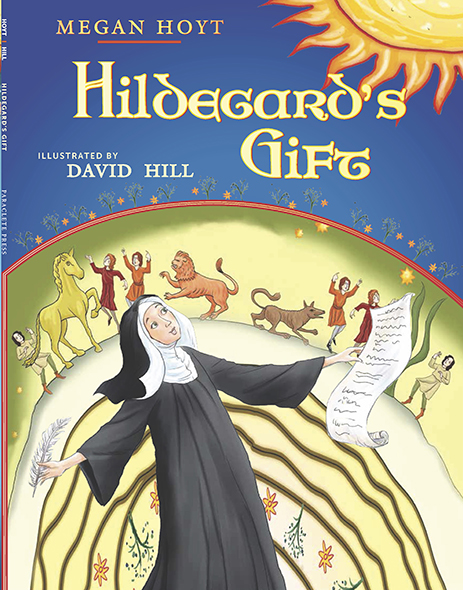
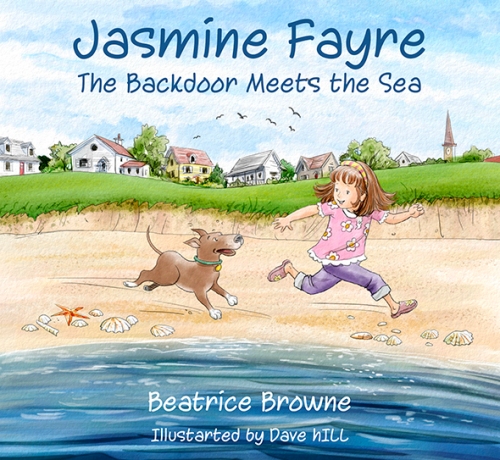

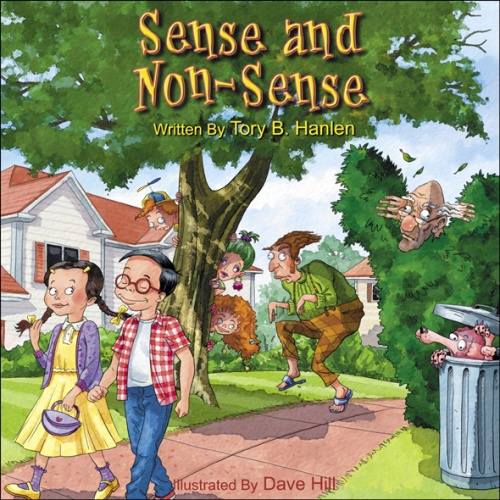

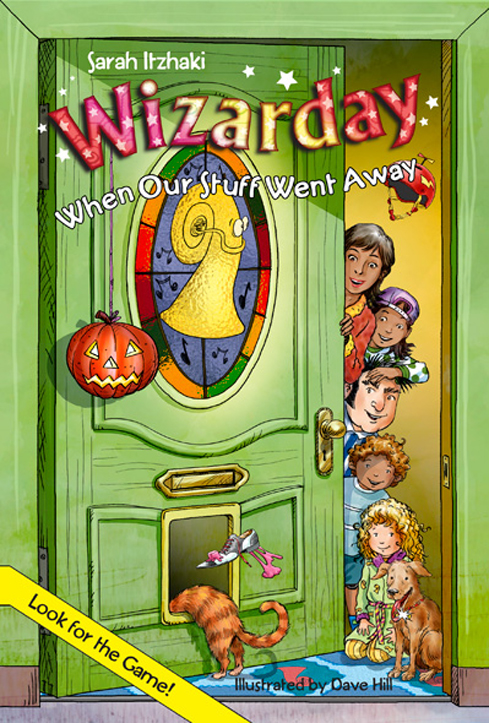
ABOVE AND BELOW: Front and back Book Cover
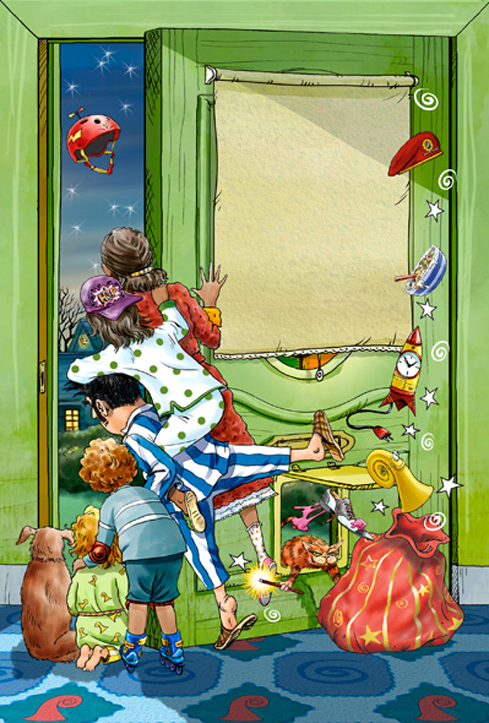
When did you know you wanted to be an artist?
As far back as I can remember. From a very young age I realized that I attracted attention whenever I drew pictures and this made me feel good.

How did you decide to attend Glasgow School of Art?
The Glasgow School of Art and especially the ‘Mackintosh’ building is famous the world over not only for its architecture but also for its reputation as one of the finest painting schools there is, so the opportunity of actually studying there and painting inside those hallowed walls was such a thrill. I knew I just had to go there to benefit from the expertise of the tutors and staff if I was to be serious about a career as an artist.
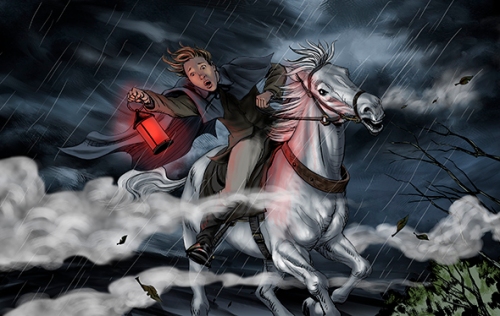
What was your favorite class?
Life drawing
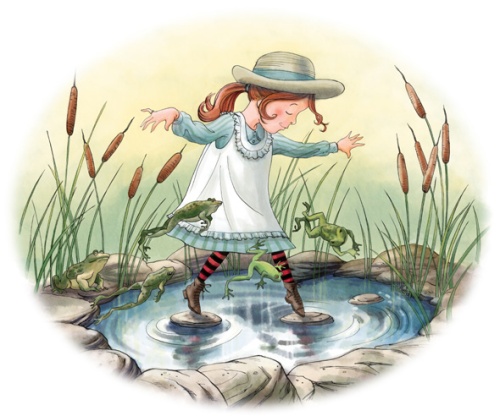
What was the first piece of art you did and someone paid you for your work?
The first paid commission was a very long time ago when I was aged 12 or 13 and was a watercolour landscape of the River Clyde in the village where I grew up. I think I got £20 (about $30) for it which at that time seemed like a small fortune.

How did you get involved with doing the art for video games?
By pure chance as it happened! I was in a print bureau in Glasgow having some of my comic book pages and character designs photocopied when the creative director of ‘VIS games’ walked in to get some stuff copied too.
He had nowhere to lay his artwork since mine covered the entire counter space, but instead of being annoyed he started leafing through the illustrations and asking if he could have copies made for a games pitch he was preparing. We struck a deal there and then and that was the start of a brilliant 10 years in the games industry.
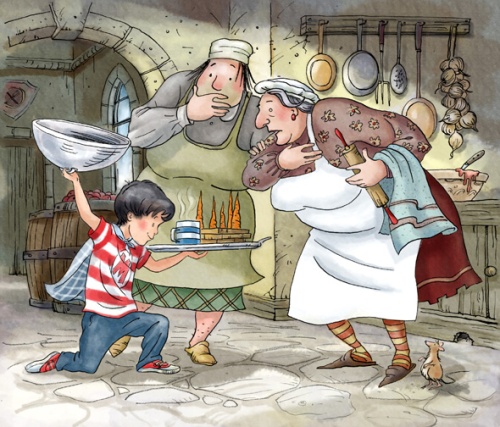
Can you tell us a little bit about lanarkshire, where you live now? Is it near London? Is it a strong artist community?
Lanarkshire is a large county comprising several satellite towns on the outskirts of Glasgow, which is roughly 400 miles from London. Coatbridge, the town where I live is formerly a ‘coal town’ but all of the mining and steel industries have gone now, leaving the town much cleaner and greener. There isn’t a strong art scene in the town but Glasgow with its rich history is only 10 minutes away and it has a wealth of artworks dating from the Renaissance to the present day.
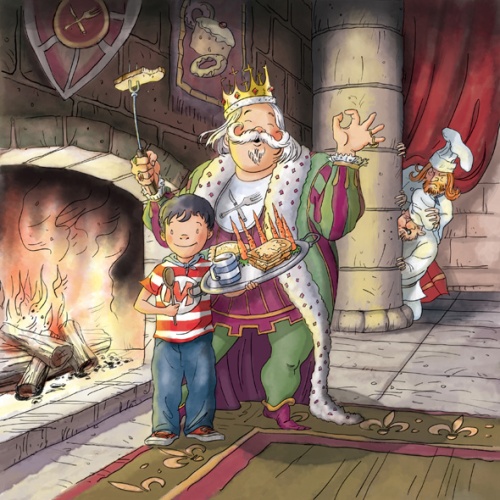
How did you get interested in doing illustrating for children?
I always loved including a narrative element in my work and telling stories with pictures led me initially to drawing comic books. I did this for several years before I realized that my real passion was children’s stories. I used to write adventure stories for my children when they were young and adding illustrations to those ideas was the first step in finding my vocation.
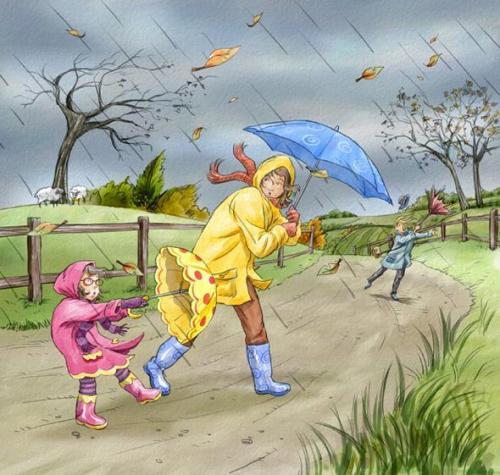
Have the materials you use changed over the years?
Yes indeed! I graduated with honours in Fine art so my materials were all traditional painters tools. Charcoal sticks, putty rubbers, sables, oil paint, turps and oily rags. They cost a lot of money too.
Nowadays and for the past 18 years I’ve been working digitally. This was a conscious decision as it suits the nature of the industry where editing artwork can be quite extensive and time consuming. This would be disastrous for ones profit margin in a traditional workflow but is made relatively easy in a digital workflow. I still draw occasionally in pencils and I miss the smell of linseed oil and getting my hands dirty. I don’t miss the expense though and I love the Undo button.
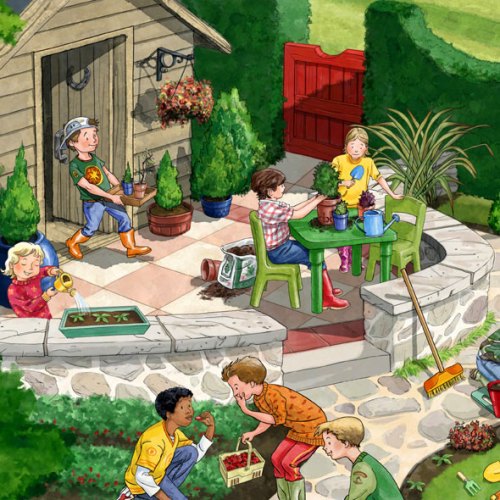
Do you have an artist rep?
I do have a rep. It’s a very open agreement though compared to some agencies, which suits my creative exploration. I keep my own clients and any new work that comes directly to me. I would be interested in forging new relationships with other reps but only if it’s not exclusive and allows me to work with my own clients too.

When did you illustrate your first children’s book? What was the title of that book?
My first book was ‘Speak Along French’ by Isabelle Bennett for Mantra Lingua Publishers in 2005.
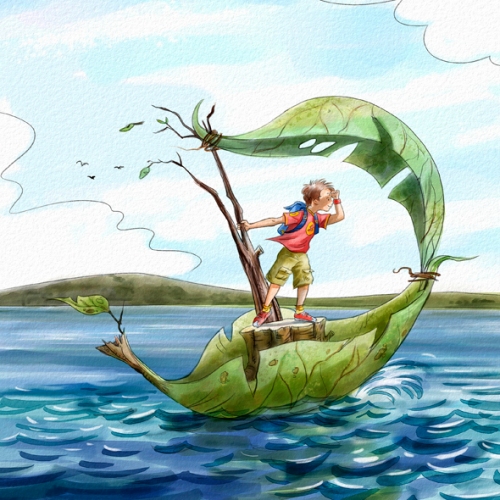
How did that job come your way?
The art editor saw my website which had gone ‘live’ just two weeks before. I couldn’t believe my luck.
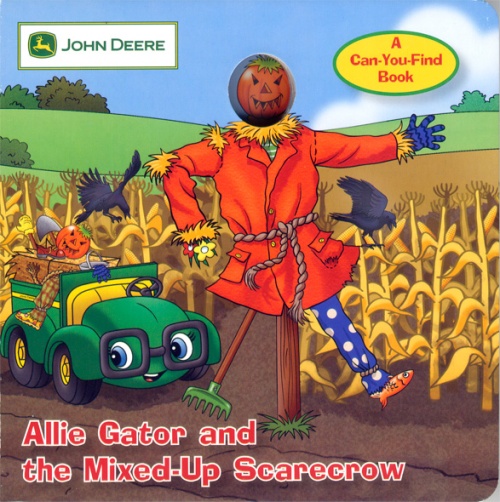
How many children’s books have you illustrated?
Seventy Five
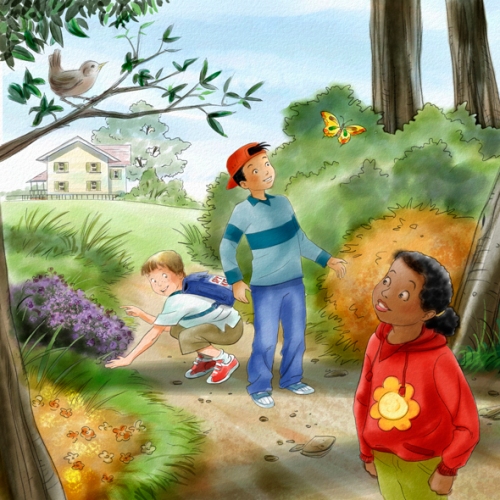
How did you get the contract with HarperCollins to illustrate SPLASH?
Through my artist rep. I love that book. It was a real joy to draw and I had so much fun with the changing weather.
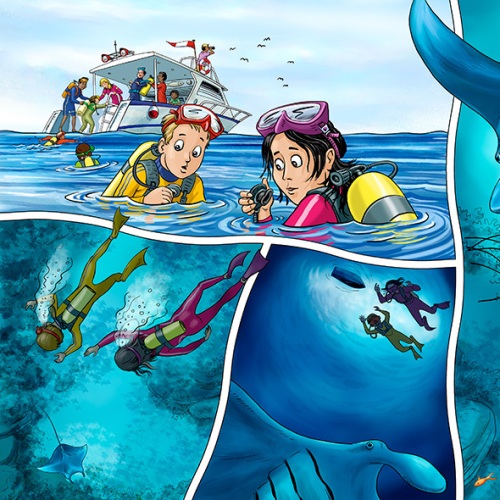
Was that the first contract to illustrate a picture book for a US publisher?
No. It was done for Harper Collins London.
‘What happened to Merry Christmas’ for Concordia was my first U.S. contract published in 2006.

Have you thought about writing and illustrating your own books?
All the time! I have loads of ideas and character designs but no time to pursue their development. I’m always too busy illustrating for everyone else which is a nice complaint I suppose.
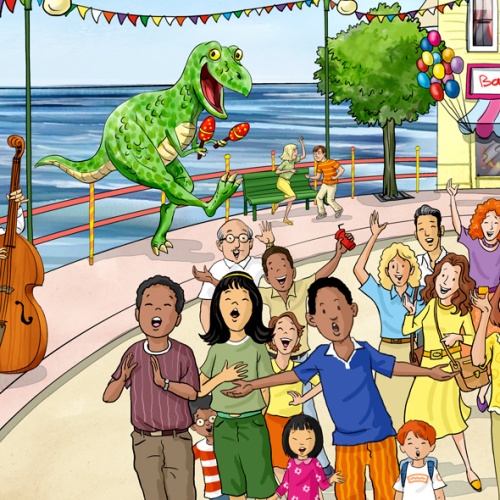
Are you open to illustrating self-published books for other children writers?
Yes. I work a lot with self-publishing authors and have done many books like this. I’m working on two right now both of which are for American authors.
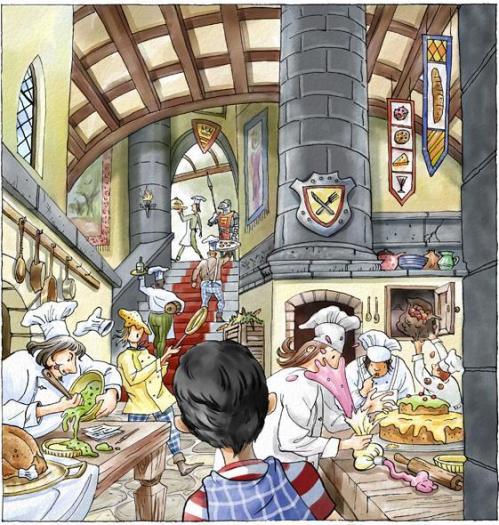
Have you done any work for educational publishers or children’s magazines?
Yes. I do a great deal of educational illustration. I’ve only done the odd job for magazines though.
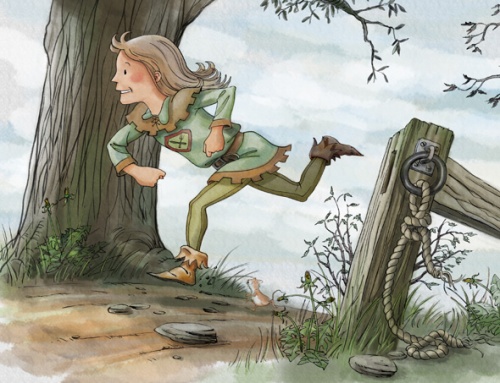
What type of things do you do to find more illustration work?
I don’t really have to look for work anymore. I’m very fortunate in that I have built up a respectable client base and they return to me or if it’s a new client they’ll come directly to me through my website. If I did have a quiet spell I guess I’d prepare a digital portfolio and send it out to as many publishers as possible.
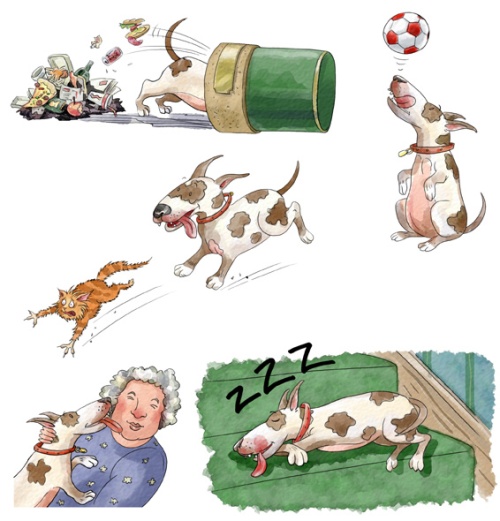
Do you ever use paint as a medium or is it all digital?
It’s all digital.
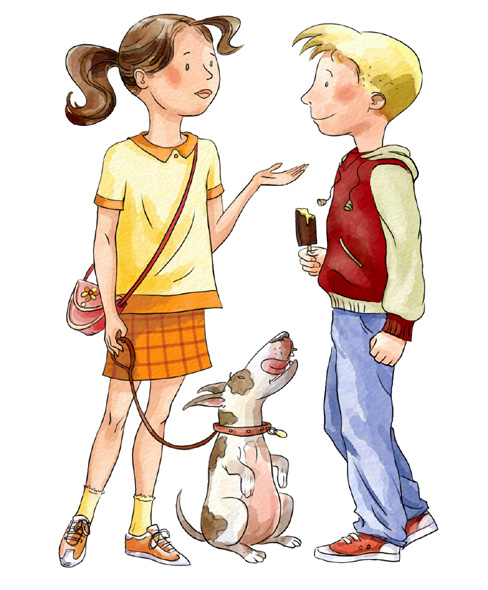
When did you start working digitally?
In 1996 when I started working as a concept artist in the video games industry.
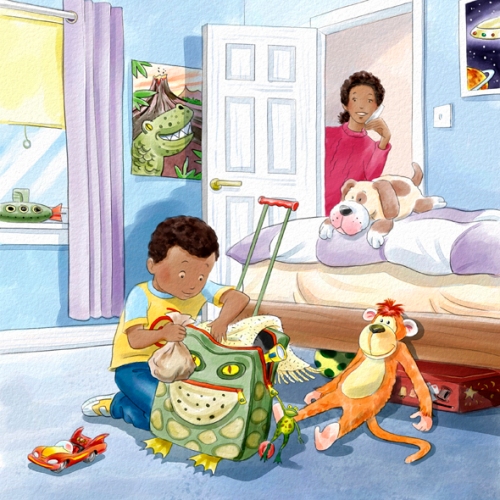
Do you use Photoshop with your illustrations?
Yes. Photoshop is priceless in my workflow because of its stability and efficiency at handling and processing extremely large files. I use it at every stage of my process and flit between it and Painter constantly, using each programmes strengths to maximum effect. Final stages of an illustration like compositing and colour balancing are always done in Photoshop.
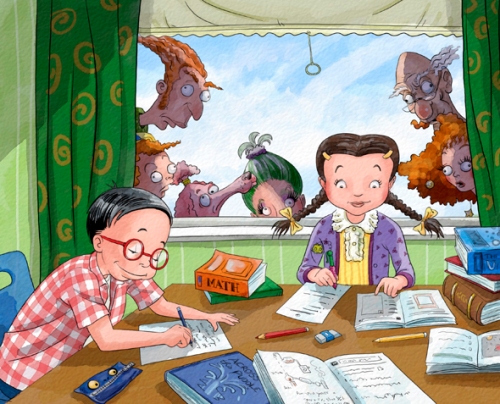
Do you use other software programs when you illustrate? If so, which ones?
Most of my colouring is done in Corel Painter which beats photoshop hands down when creating an organic looking illustration. Painters brush engine is fabulous. It feels so natural and you can create digital artwork that looks just like it was made using traditional media.
I use Adobe In Design for creating dummy books to help me get a better idea of the flow and pacing of the story. I build the page layouts, drop in the script and then import my rough sketches to give a clear view of how the final book will look and feel.
I also use Adobe illustrator when scale able artwork is required or if the client is looking specifically for a more graphic approach.
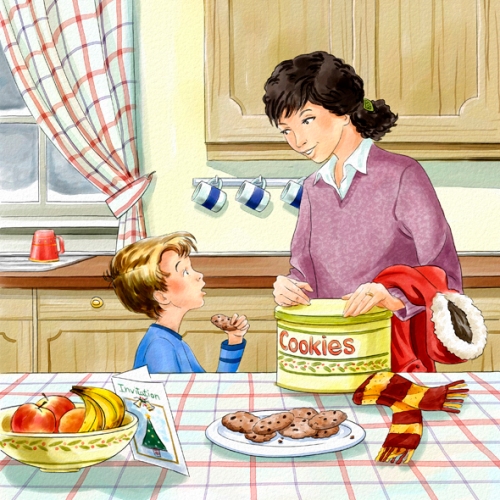
Do you use a graphic tablet to draw your illustrations?
Yes. I use a Wacom intuos 3
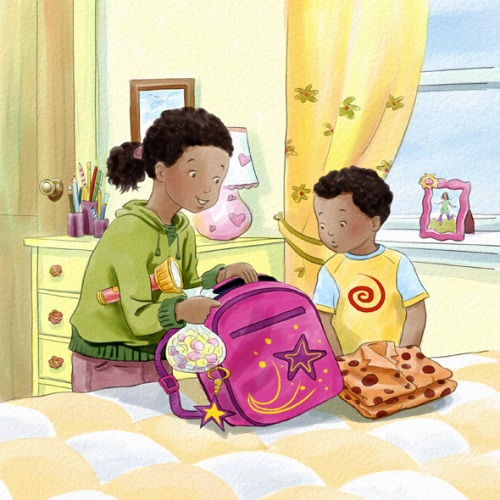
Do you spend a specific amount of time working on your own illustrations?
Unfortunately I can’t seem to find the time to do my own illustrations.
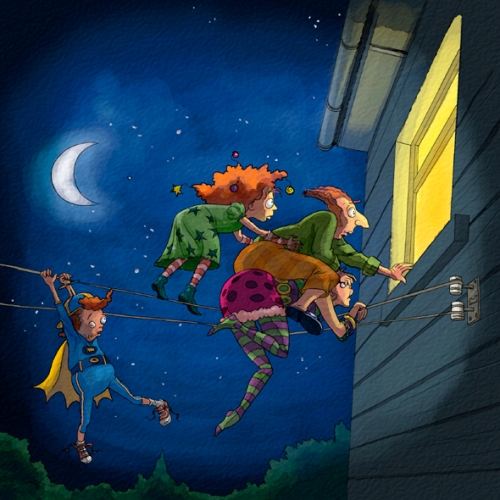
What is your biggest success story? The thing you are most proud of doing?
Making a living as an artist is probably the biggest success story for me but the work I’m most proud of doing is probably an illustration titled ‘Dancing Mouse’. It was done as a self-promotional piece way back at the start of my career and shows my daughter Amy watching in amazement at a little mouse doing a handstand.
The amount of work this one image alone has generated is quite staggering, so for that reason it’s my most successful piece.
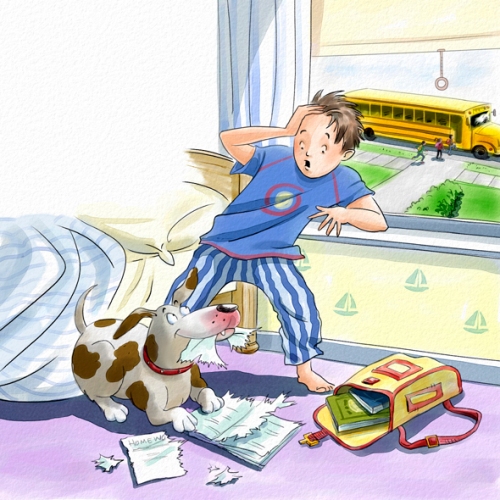
Do you still exhibit your art?
Not in the conventional sense, but I subscribe to a couple of online galleries who host my work.

Do you take pictures or do any other type of research before you start a project?
I take photographs of everything and anything and also buy licensed pics from image banks whenever specific references are needed. I do quite a bit of historical illustration where attention to factual detail is of paramount importance so having good reference is essential.
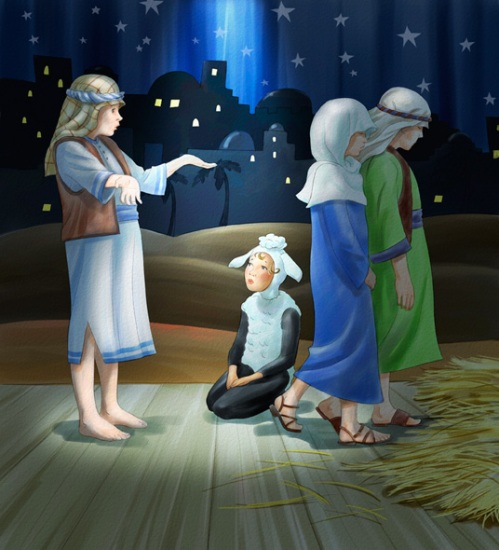
Do you think the Internet has opened doors for you?
Absolutely. The world is your market place and getting a website to show my work has been the biggest factor in my success. Most of my clients are British or American but I also have clients in Ireland, Israel, Egypt, Germany, and South Africa. Being able to transfer digital files electronically has made things so much faster, safer, cheaper and easier.
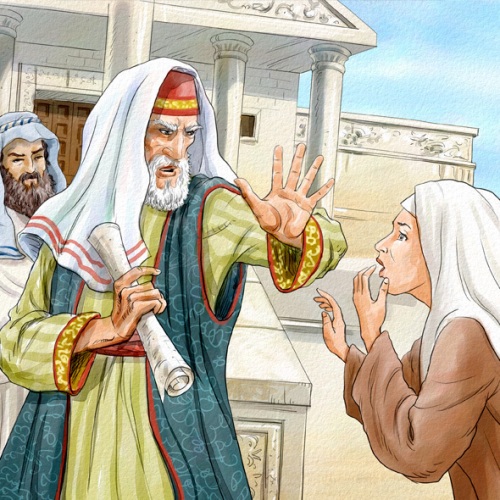
Do you think your style has changed over the years? Have your materials changed?
My style changes to suit the demographic of each particular job. As a professional illustrator I think it’s beneficial if you can adapt your style to encompass a variety of situations and not limit yourself to a single area of the market. One day I’ll be drawing realistically for 7th graders with perhaps close attention to historical detail, the next I’ll be drawing for 4 year olds completely from my imagination.
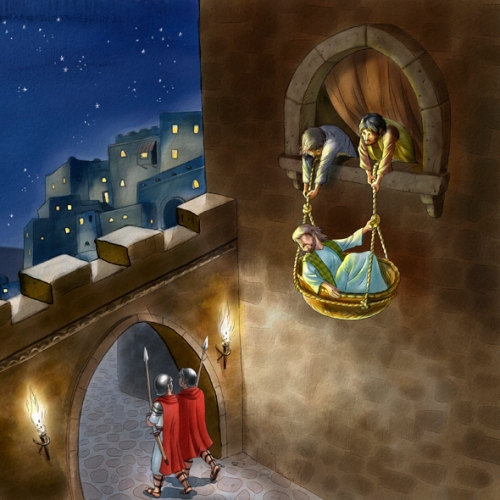
Do you have any career dreams that you want to fulfill?
Yes. To one day have my own story books published. Oh how I would love that!
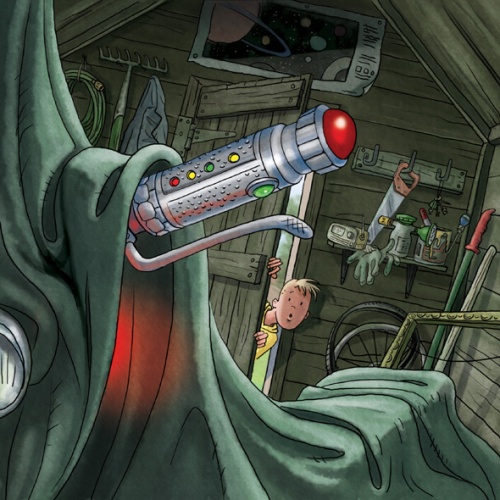
What are you working on now?
I’m doing 3 book covers for different authors, a picture dictionary for Egyptian/English Schools, some black and white spots for a poetry book, an isometric map of a fictional American town and two 24 page picture books for independent self-publishing authors.
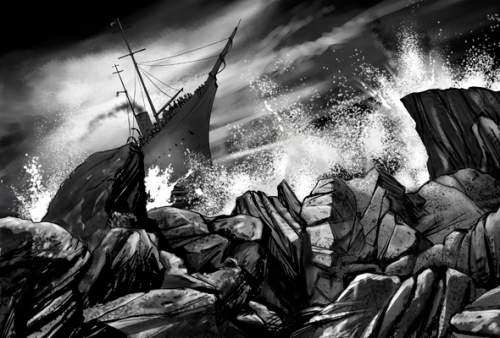
Do you have any art type tips (digital or traditional) you can share with us?
I work digitally so my tips relate to that process.
Mask! Mask! And Mask! I can’t stress how important it is to produce accurate masks before you start to colour digitally. If done properly your production time will be drastically reduced and your work load will be so much more streamlined and made much more manageable due to the control you’ll have over isolating, editing and finishing.
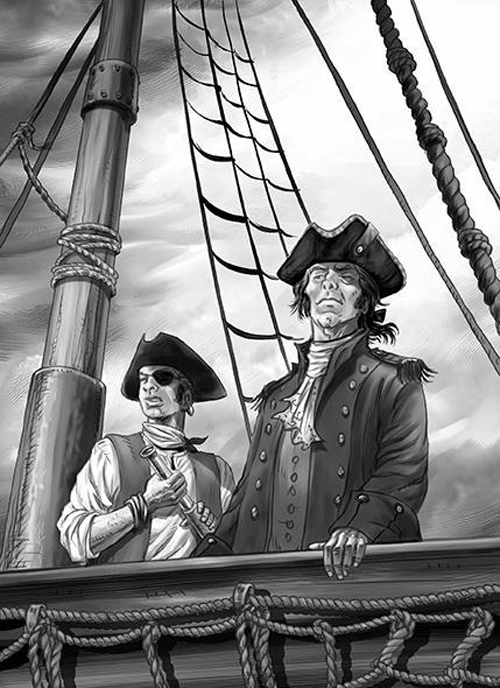
Decide on a file naming convention at the start of your project and stick to it. Save regularly with Sequential numbering to keep your files organized and easy to find. On average I have about 15 variations of each illustration saved throughout the production process.
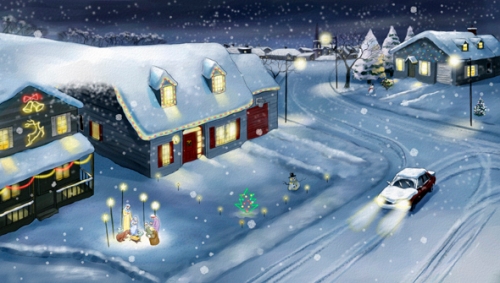
Any words of wisdom on how to become a successful writer or illustrator?
Dedication. I work on average 14 hours a day but it’s worth it to be doing something I love.
Build up a reliable reputation by always meeting your deadlines and your clients will come back time and time again.
Draw everything you see that interests you and take a sketch book and camera with you always.
Get your own website or rent space on one of the many host sites out there. You need as much exposure as possible and the web is a window to the world.

Thank you David for taking the time to share your process and journey with us. We look forward to hearing about all your future successes.
To see more of David’s illustrations visit him at:
Website: http://www.davidhillarts.co.uk/
Please take a minute to leave a comment for Annie, I know she would love to heard from you and I always appreciate it. Thanks!
Talk tomorrow,
Kathy
Filed under: authors and illustrators, illustrating, Illustrator's Saturday, inspiration, Interview, Process Tagged: David Hill, Digital Painting tops, Glasgow Scool of Art, video game industry





I am completely mesmerized by David ‘ s talent. I loved every single one of those masterpieces! Thank you so much for spotlighting this Illustrator Saturday guest.
I really enjoyed this interview. Good questions and much useful information in the responses. I will definitely be paying more attention to mask, mask and more mask! I love David’s work and thank you both for the interesting interview.